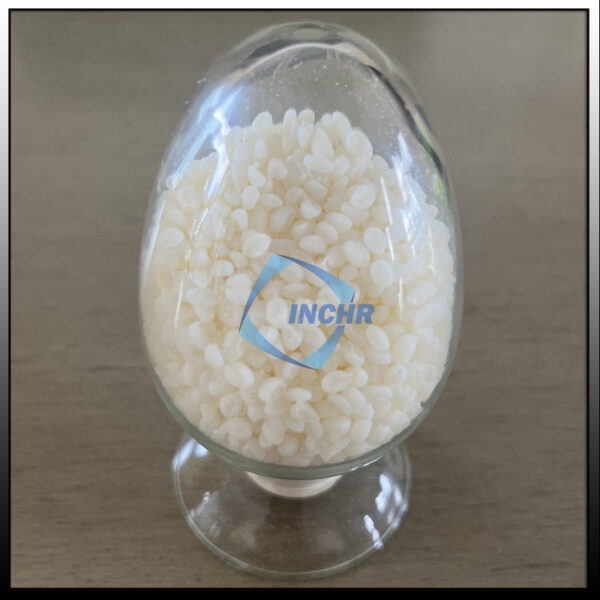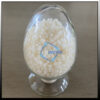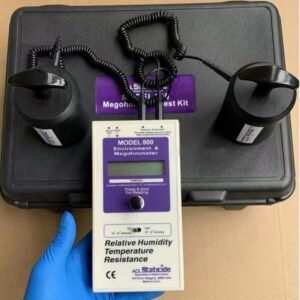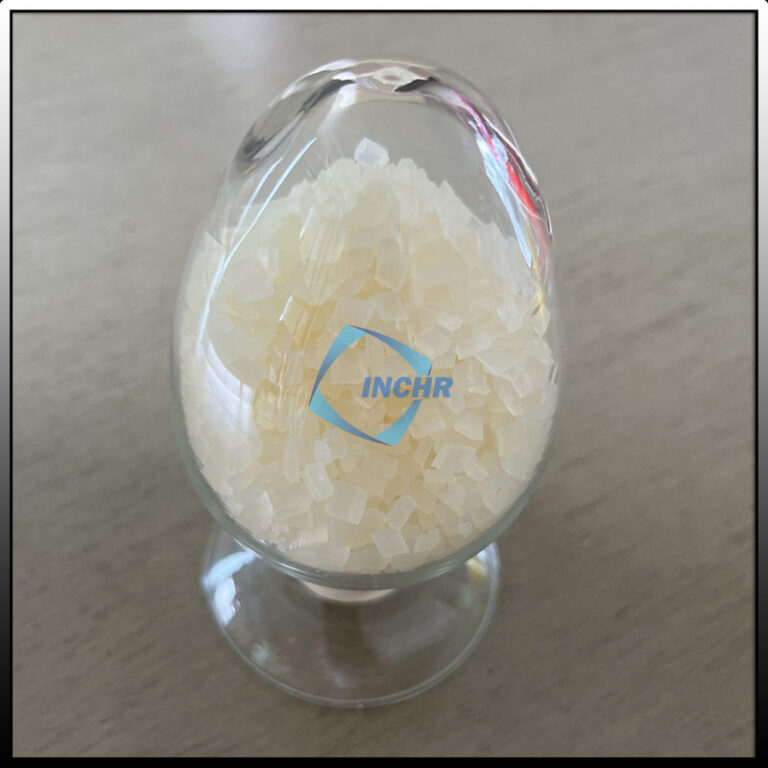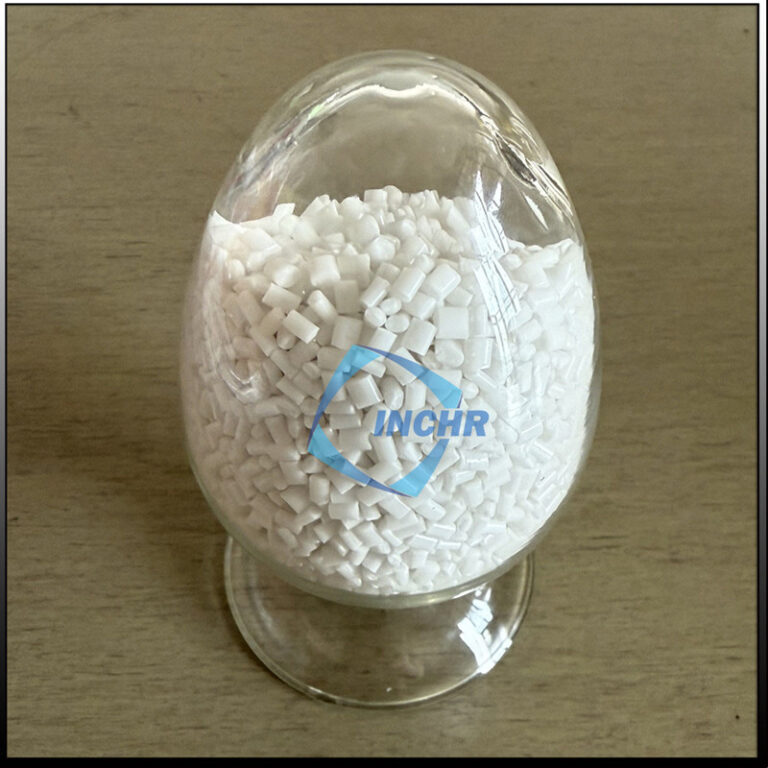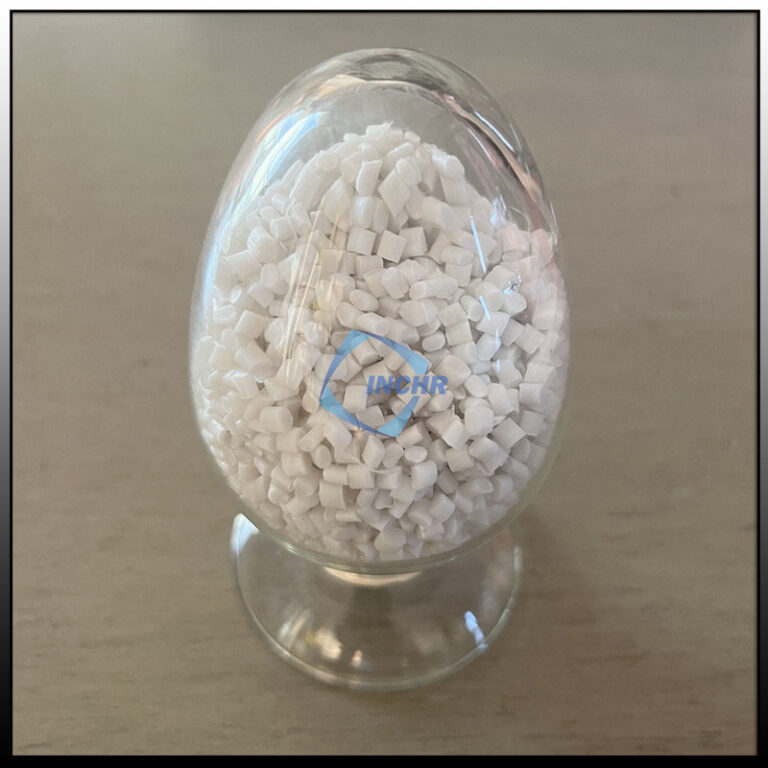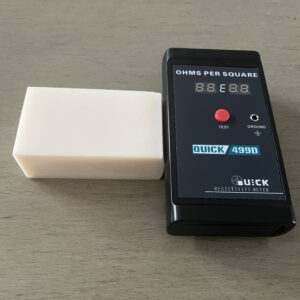 Introduction Of Antistatic Agent In Polymer POM
Introduction Of Antistatic Agent In Polymer POM
- Antistatic agent in polymer POM is an antistatic additive specially used for polyoxymethylene (POM) resin. By forming a conductive channel in the POM resins, the accumulated static charge can be quickly conducted away, thereby reducing the static electricity accumulation on the surface of the material.
- 58AN features permanent performance. Offers protection against the problems caused by static electricity including destruction of electronic circuits, electric shock, appliance malfunctions, and dust adhesion.Suitable for any color formulation. It can be processed by injection and extrusion. The recommended dosage level is 8%-22 %wt.
- 55AN is designed for extrusion molding, suitable for applications of POM sheets of POM rods with surface resistivity 10E7 Ohms. 55AN is a non-migrating, internally added type of agent in polymer POM, It improves the antistatic properties of POM materials while having little effect on their mechanical properties and mechanical properties.
- Due to the wear-resistant characteristics of POM resin, the antistatic agent in polymer POM is widely used in electrostatically sensitive POM products in the fields of electronics, automobiles, machinery, etc., such as gears, bearings, electrical housings, etc.
Processing Instructions Of Antistatic Agent In Polymer POM
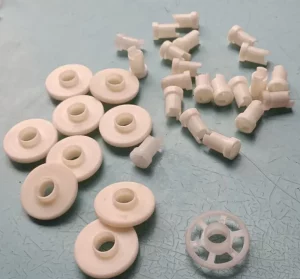
- INCHR@ antistatic agent in polymer is delivered in pellet form, It can be processed by injection molding, extrusion, and blow molding, and can be compounded with 2%-4% compatibilizer. Typical addition levels are 8% – 25 % dependent on the host matrix and processing technology and resistivity value. The antistatic agent in polymer POM needs to be compounded separately in a compounding extruder and subsequently extruded in shape, a 17% addition of the antistatic additive can reach up to 10E7 Ohms approximately.
- The screw combination of the extruder is key during processing antistatic agent in polymer POM, it ensures that the material can be fully plasticized and mixed, and the shear force must not be too strong, which may cause the static agent to decompose, so compounding temperature should be as low as possible, some compounders are doing it even at 110-120 degrees centigrade, although melting point of POM Resin is 165-175 degrees centigrade, it ensures less smoke, less oder and less dosage.
- DM-035 is a new masterbatch for eliminating smoke, gas, and odor when aldehyde materials release unpleasant substances at high temperatures. The masterbatch is made of polar compatible ethylene acrylic acid copolymer carrier through a special production process. It is widely used in injection molding, various extrusions, product processing, etc., and is committed to solving difficulties for POM ESD modifying.
Impact Of Relative Humidity On Antistatic Agent In Polymer
- Long-chain polyether amide, block elastomer, and polyurethane are the main structural types of INCHR@antistatic agents in polymer, which are permanent antistatic agents.
- Antistatic agent in polymer can still maintain good antistatic effect at low humidity, because permanent antistatic agent conducts static electricity by forming a percolation network with conductive ability inside the plastic, instead of relying on absorbing moisture in the air to form a water film to conduct electricity like ordinary antistatic agents, so its antistatic performance is less affected when the relative humidity is low. For example, under extremely dry conditions with a relative humidity of about 30%, some materials treated with permanent antistatic agents can still have excellent antistatic performance.
- In very low humidity environments, the effect of antistatic agents in polymer may decrease slightly, but it is still much more stable than ordinary antistatic agents overall. In some scenarios with extremely high antistatic requirements, even this slight performance decrease may require attention and further research and improvement.
- In high humidity environments, the antistatic performance of the antistatic agent in polymer is not as obvious as that of ordinary antistatic agents, but to a certain extent, higher relative humidity can create more favorable conductive conditions for it, making its antistatic effect better. However, this improvement is relatively small because the conductivity mechanism of the antistatic agent in polymer mainly relies on its internal percolation network.

